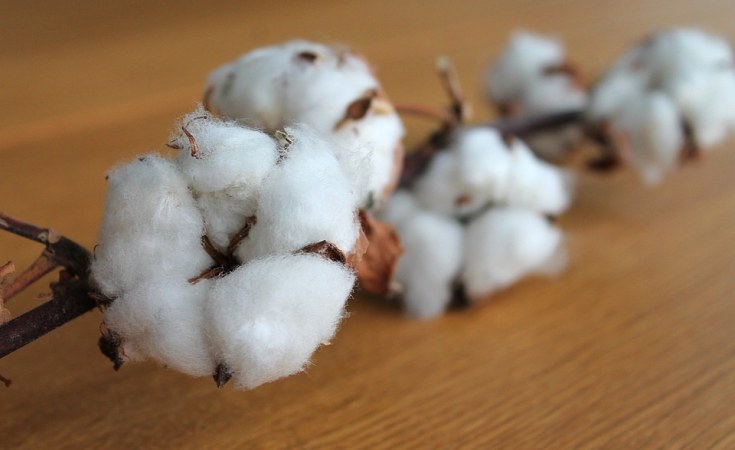COTTCO has challenged cotton farmers to meticulously grade their seed cotton and ensure they sell high quality produce that fetches correspondingly high prices.
In a twitter posting, Cottco yesterday implored farmers to pay attention to the fibre quality of the crop during the grading process.
"Fibre properties matter in cotton grading as they have an effect on textile manufacturing processes on both intermediate and end products," said Cottco.
Cottco's further hinted that meticulous grading under recommended conditions would also be done soon after cotton bales are received from farmers.
It also acknowledged the role being played by women in cotton production saying: "In line with Sustainable Development Goal number five on gender equality, we acknowledge the role played by women in the production of cotton through programmes that capacitate, empower and ensure that they derive maximum value from cotton farming."
To validate the assertion a woman farmer from Machaya Village in Muzarabani, Mrs Dudzai Tagura said cotton farming had enabled her to buy furniture and educate her children. She is expecting a better yield this year due to good rains, the technical support she is receiving and adequate inputs she got.
The most crucial arm in the cotton value chain is the farmer and grading of seed cotton starts right when the farmer chooses the variety to plant that is commensurate with the agro-ecological potential of the area.
Good agronomic practices in the correct timing of fertiliser and chemical applications, as well as weed management, all have a bearing on a good crop stand and ultimately yield.
Cotton Research Institute head Mr Washington Mubvekeri implored farmers to try the available cotton varieties and research based agronomic and crop protection technologies that are capable of promoting high productivity when used properly at this year's World Cotton Day.
He cited growing cotton in favourable/suitable agro-ecological regions, using certified seed of tried and tested varieties, planting early, weed and pest management, adherence to plant populations and provision of adequate nutrition among others practices as key.
Last year's best cotton farmer from Nembudziya under Chief Makore in Gokwe district, Mr Smart Kambanje planted one hectare apiece for the hybrid Mahyco C567 and local variety SZ9314 and got 4 560 and 4 006 kilogrammes respectively. The secret to this achievement was good agronomic practices.
He even bragged that balls from the local variety were heavier at about five grammes compared to those for the hybrid variety at around three.
Zimbabwe seed cotton, which is mainly produced by smallholder communal farmers with small plot sizes ranging from half a hectare to five hectares, is most sought after because it is handpicked with minimal contamination thereby maintaining good quality standards appreciated worldwide.
Cotton remains the most viable drought tolerant crop to grow in marginal rainfall areas under agro-ecological regions three to five.
The country is this year projected to produce more cotton than last year with some experts predicting a five-fold increase buoyed by on-spot foreign currency payments, last season's increase in prices from US$0, 32 to US$0, 40 per kilogramme for the low-grade seed cotton, an increase in foreign currency retention and favourable rainfall conditions in most cotton growing areas.


